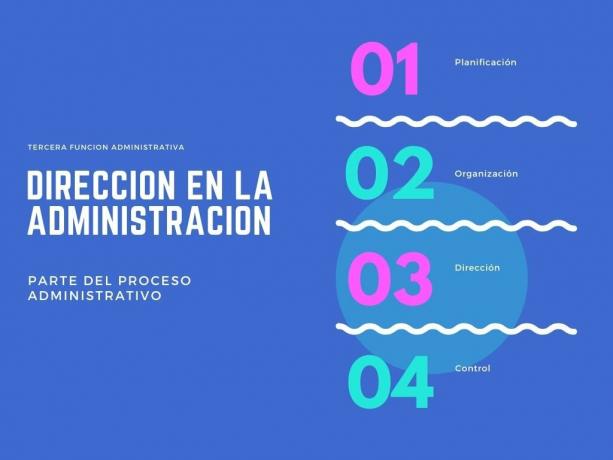The ledger accounts are a set of records where it is shown in a detailed and chronological way, the different financial and accounting transactions or movements executed within the economic system of a company or entity.
These types of operations are recorded in debit or credit entries, depending on where the transaction comes from. In this way, the company will obtain a cash account, where it can record the movements that are related to cash.
Advertisements

In case the company makes cash purchases, it must make a credit to the cash account and if it makes a cash sale of merchandise, it will have to give a debit to the cash account.
Advertisements
The financial accounting accounts, are the accounting means that are used as elements of operations where liabilities, assets and capital can be subdivided at the same time These can be grouped according to the affinity characteristics they have and represent the increases and decreases that occur in the elements in a graph.
In this article you will find:
Characteristics of accounting accounts
Regardless of the method used in the financial accounting accounts, the characteristics shown below are presented:
Advertisements
- The name along with a code is placed at the top so that it differs from another account that clearly exposes its content.
- Within the date column, the day, month and year of the operation to be registered are expressed, the month and the year do not have to be repeated in the account, only in case of modification.
- The description column must briefly and clearly indicate the situation that caused the increase or decrease of the account.
- In the debit column, the monetary amounts that determine the charge or debit of the account are placed.
- In the credit column, the monetary amounts that mean credit or credit for the account are written.
- The balance column must contain the balance of the account in monetary terms, after each credit or charge.
- Within the folio column, a reference is indicated that indicates the accounting book from which the operation to be registered comes from.
Components of ledger accounts
The components that comprise major ledger accounts they are detailed as follows:
- Account name: It is the name of the holder that shows the account to be registered.
- Credit or credit detail: It is placed on the right side of the account, here everything that has an output in the company is expressed. When the credits are added and it is greater than the debits, the result of the balance is creditor.
- Detail of the debit or debit: This is placed on the left side of the account and reflects the entries in the company. If, when adding the debits, the credits exceed the debit balance, it is evidenced in the accounting accounts.
- Balance: It is where the difference between the credit and the debit is determined. The account comprises a balance is debit, if the sum of the debit is greater than the sum of the credit and otherwise the balance is creditor.
Types of ledger accounts
The main ledger accounts They are classified as follows:
Advertisements
Real accounts
They are the accounts used in the Statement of Financial Position. These accounts are always open for more than one accounting period without modifying their balances, their balance represents the monetary capacity that the company has, owes and what it can prove through documents existing.
They are permanent in nature, which indicates that your balance can be transferred from one balance to another, and they make up the financial statement of the balance sheet. Its subaccounts include:
Advertisements
- Passives: They show the obligations that a company comprises in a certain entity for the payment of its loans.
- Assets: They show the tangible or intangible assets and rights of a company.
- Capital: They show all the contributions made by the owners of the company or external investors.
Nominal accounts
These types of accounts are used within the Income Statement, they are closed at the end of the accounting period and thus start your balance from zero.
These are temporary accounts, since they are open for the duration of the company's accounting process and once it ends, its result is transferred to the capital account, where the company could be seen affected. Their subaccounts are:
- Income: They show the amount of money that enters the company from the result of financial activities.
- Costs: It is the disbursement of the amount of money that has the purpose of providing an asset that benefits the company economically.
- Expenses: They show the expenses of the money that is available for the distribution of a certain product.
Mixed accounts
It refers to the accounts that are composed of a real part and a nominal part with a specific date, on the other hand, when the financial activity ends, all the balance must be of a real nature.
Memorandum accounts
These accounts are those that control some transactions that do not affect liabilities, assets, capital or operations, but in some way Thus the transactions that provided them indicate some responsibility for the company and, consequently, a control should be established in they.
Memorandum accounts are at the bottom of the balance sheet, creditors are below total liabilities and equity and debtors are below totalization of assets. They are characterized as debtors and creditors at the same time, however, they differ because the creditor account is included in the prefix of pre-contra.
Make a record of general ledger accounts, It is essential in any company, since it is an accounting record that helps to understand when an account increases or decreases and from that way to prepare the financial statement of value that leads to the making of adequate decisions before the owners of the company, investors and shareholders.


